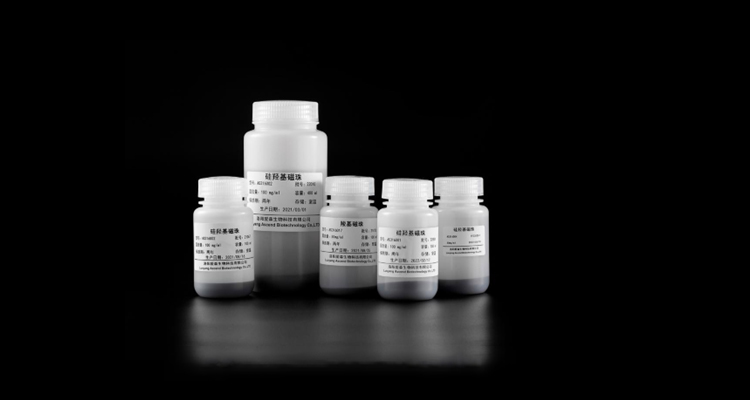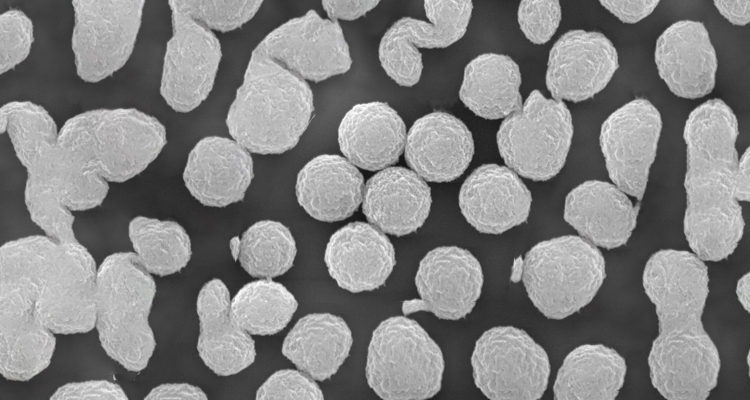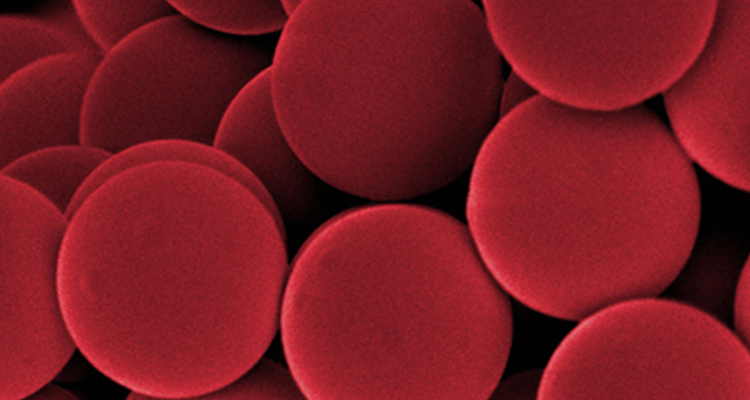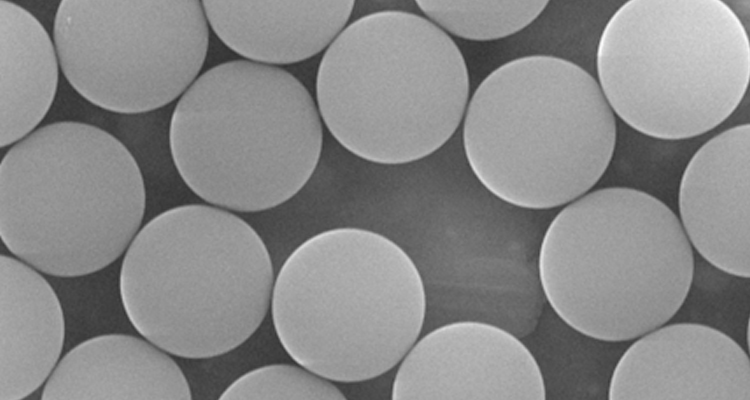How to extract DNA/RNA with magnetic beads?
Magnetic beads have existed for decades. As evidenced by the 1990 US patent, their potential in nucleic acid purification has been recognized.After binding the DNA, the external magnetic field attracts the magnetic beads to the outer edge of the tube, thereby fixing it. When the beads are fixed, the DNA bound to the beads is retained during the washing step. The elution buffer is added and the magnetic field is removed, and then the DNA is released to become a purified sample, ready for quantification and analysis.
This method eliminates the need for vacuum or centrifugation. This method minimizes the shearing force on the target molecule, requires fewer steps and reagents than other DNA extraction schemes, and is suitable for 24, 96 and 384-well plates automation.Therefore, it is no wonder that magnetic beads are becoming more and more popular. In fact, GENETURE have now developed many commercial nucleic acid separation kits based on magnetic beads. They have a variety of surface chemistry and multiple application options.
Comparison of surface chemistry and application of magnetic beads

A- Carboxylic acid modified magnetic beads
Combination method
(1) It can be directly captured by combining with nucleic acid.
(2) Surfaces suitable for covalent bonding.
(3) It can capture molecules containing amino groups.
Application field
(1) Covalent connection
(2) Affinity purification
(3) Nucleic acid separation and purification
(4) NGS

B- Anti-amine magnetic beads
Combination method
(1) Surfaces suitable for covalent bonding.
(2) Non-surfactant, non-protein blocking surface.
(3) Low non-specific binding.
Application field
Conjugation application, similar to carboxylate modified beads.
C- Oligo (dT) coated magnetic beads
Combination method
(1) Hybridize with mRNA poly-A tail.
(2) High colloid stability.
Application field
(1) mRNA extraction and purification
(2) Reverse transcription PCR
(3) cDNA library construction
(4) NGS (RNA sequencing)

D- Streptavidin-coated magnetic beads
Combination method
(1) Binding biotinylated ligands, such as proteins, nucleic acids and peptides.
(2) Covalently bound streptavidin coating.
(3) Fast reaction kinetics.
(4) Low non-specific binding.
(5) High throughput and precision.
Application field
For sample preparation and assay development for genomics and proteomics.

E- Streptavidin-blocked magnetic beads
Combination method
(1) Binding biotinylated ligands, such as proteins, nucleic acids and peptides.
(2) Non-surfactant, non-protein blocking surface.
(3) Compared with non-streptavidin-coated beads, non-specific binding is lower by additional blocking of non-specific binding sites.
Application field
(1) Molecular and immunological diagnosis
(2) NGS library preparation
F- NeutrAvidin™ coated magnetic beads
Combination method
(1) Binding biotinylated ligands, such as proteins, nucleic acids and peptides.
(2) Fast reaction kinetics.
(3) Low non-specific binding.
(4) High throughput and precision.
Application field
For sample preparation and assay development for genomics and proteomics.
G- Protein A/G Magnetic Beads
Combination method
(1) Combine IgA and IgG protei
(2) Coating based on IgA/IgG fusion protein.
(3) Extensive binding function.
Application field
(1) Affinity purification and pull-down
(2) Immunoprecipitation
H- Silica coated magnetic beads
Combination method
(1) Reversibly bind nucleic acid based on salt concentration.
(2) Monodisperse particles with a size range of 400 µm or 700 µm.
Application field
Nucleic acid extraction for molecular diagnostic applications (eg qPCR).
I- Sepharose magnetic beads
Combination method
(1) Wide selection of ligands.
(2) Porous, providing larger surface area than other magnetic beads.
Application field
Affinity purification or capture
Immunoprecipitation .
The Geneture Nucleic Acid Extraction kit uses magnetic beads to adsorb DNA/RNA to achieve the purpose of rapid DNA/RNA purification. It is suitable for extracting high-purity DNA from samples (grinding supernatant of animal and plant tissues, whole blood, serum, plasma, cell culture supernatant, oral pharyngeal swabs, body fluids, genital secretions, bacteria and viruses, etc.) /RNA, used for molecular biology experiments such as PCR/RT-PCR, Real-time PCR/Real-time RT-PCR. For more information about the magnetic beads,please feel free to contact.
